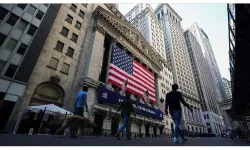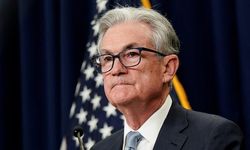The problems at New York Community Bank (NYCB), shaken by the commercial real estate crisis, are growing. The bank's shares fell 26 percent yesterday, after posting losses above expectations in the last quarter and a change in management. The bank's shares, which lost 40 percent in a month, have fallen nearly 70 percent since the beginning of the year.
The losses of NYBC, one of the country's medium-sized banks, brought potential bankruptcy concerns to the agenda in the first days of February. There were discussions that a process similar to the banking crisis that started with Silicon Valley Bank last year could be experienced.
"OUT OF CONTROL" WARNING
New York Community Bank made a change in management on February 29, following a surprise loss in its balance sheet published at the end of January. Accordingly, Alessandro DiNello was appointed as CEO instead of Thomas Cangemi.
Stating that the company has a strong liquidity and deposit base, the new CEO DiNello stated that they will implement a turnaround plan.
Experts said that NYCB looked like a bank out of control and that it would have to charge high fees for loan loss provisions.
Credit rating agencies also took action against the bank and downgraded its rating. The downgrades came after NYBC announced that it had discovered material problems with its loan monitoring methodology.
Fitch Ratings downgraded the long- and short-term credit ratings of New York Community Bank and its subsidiary Flagstar Bank, while setting the rating outlook as "negative." The agency lowered the long- and short-term credit ratings of NYCB and its subsidiary Flagstar Bank from "BBB-" and "F3" to "BB+" and "B", respectively.
Moody's downgraded NYCB's long-term credit rating from "Ba2" to "B3" and Flagstar Bank's from "Baa2" to "Ba3".
In the last quarter of last year, the bank reported an income of 886 million dollars and a loss of 252 million dollars. It was reported that the dividend was cut and the quarterly payment to shareholders was reduced to 5 cents.















